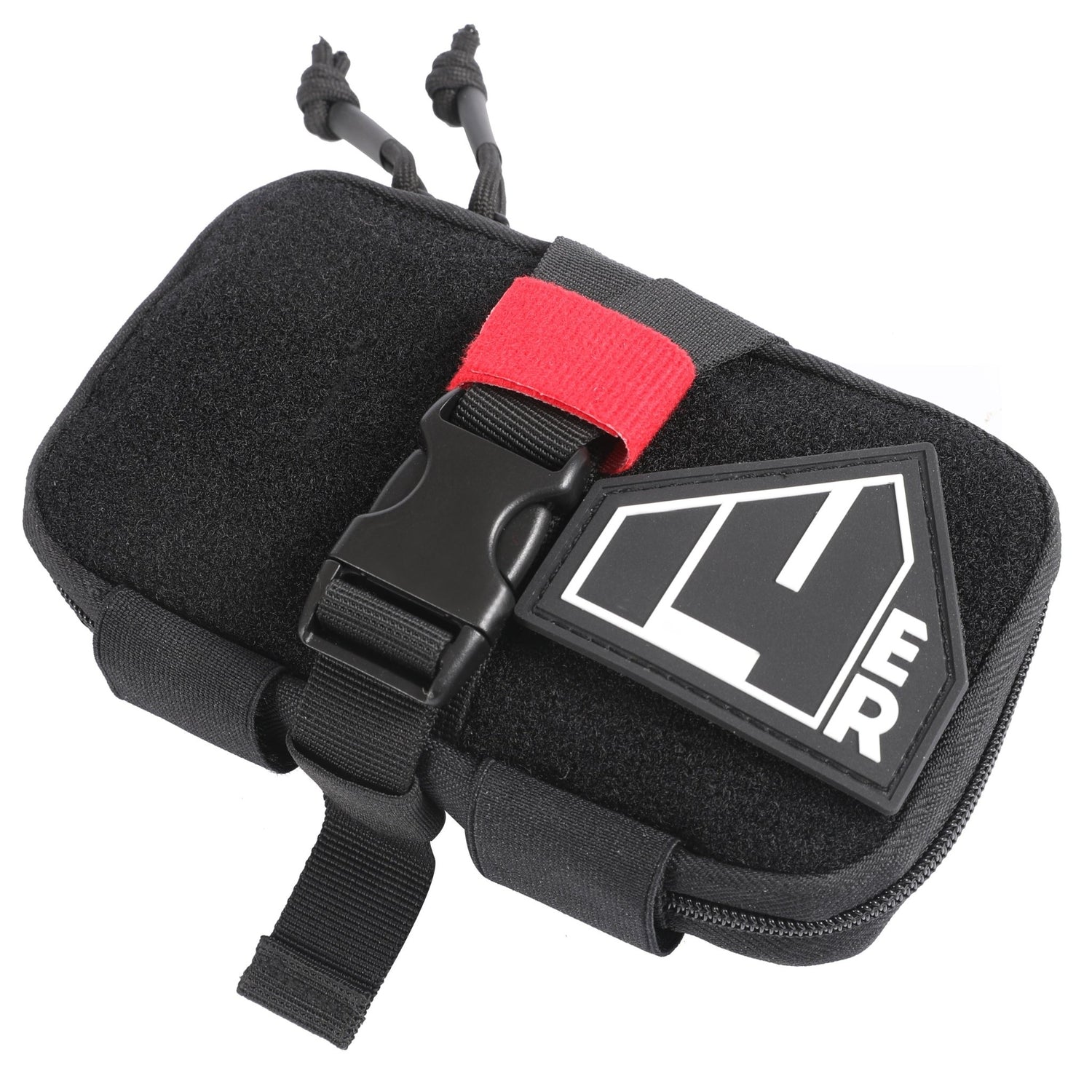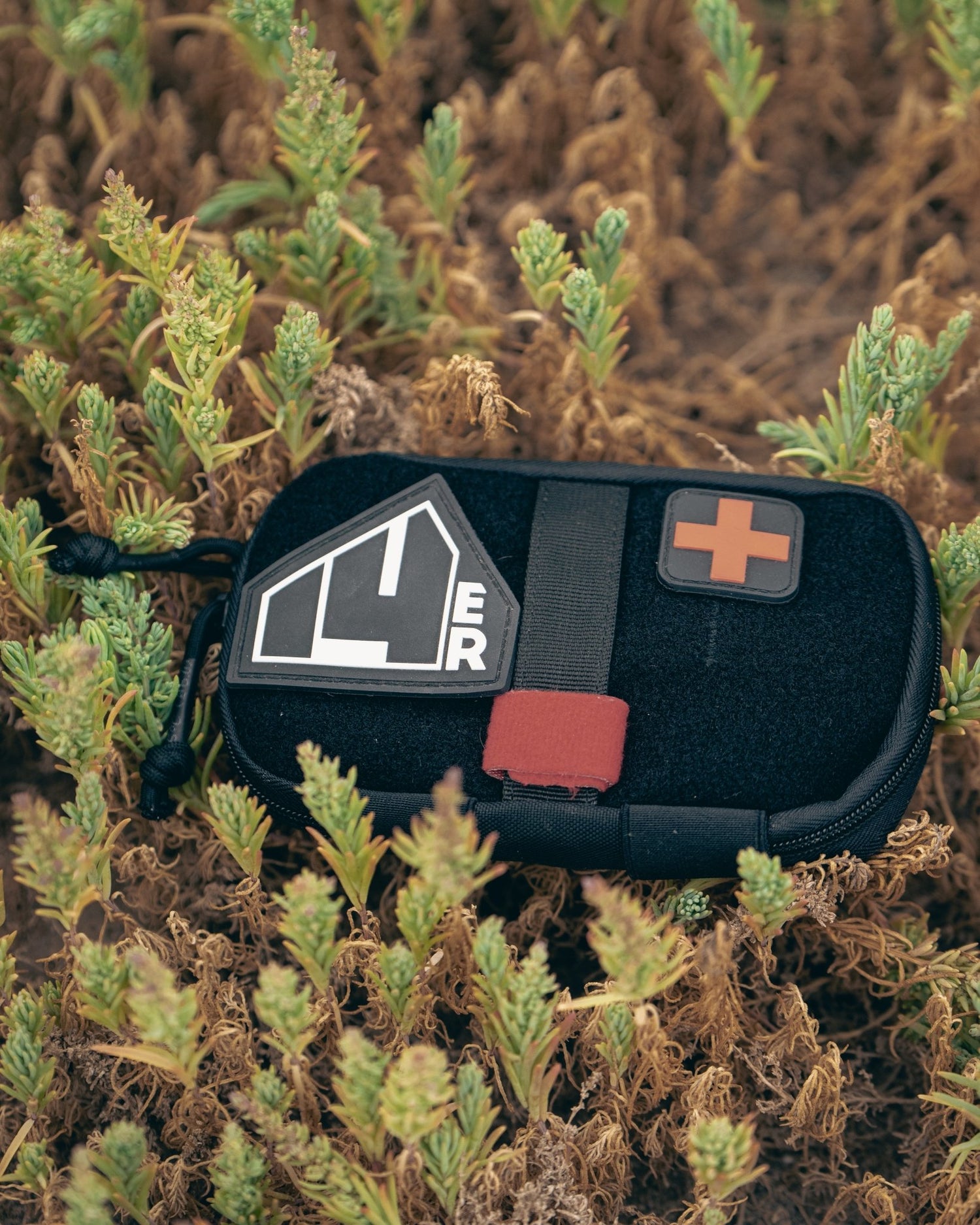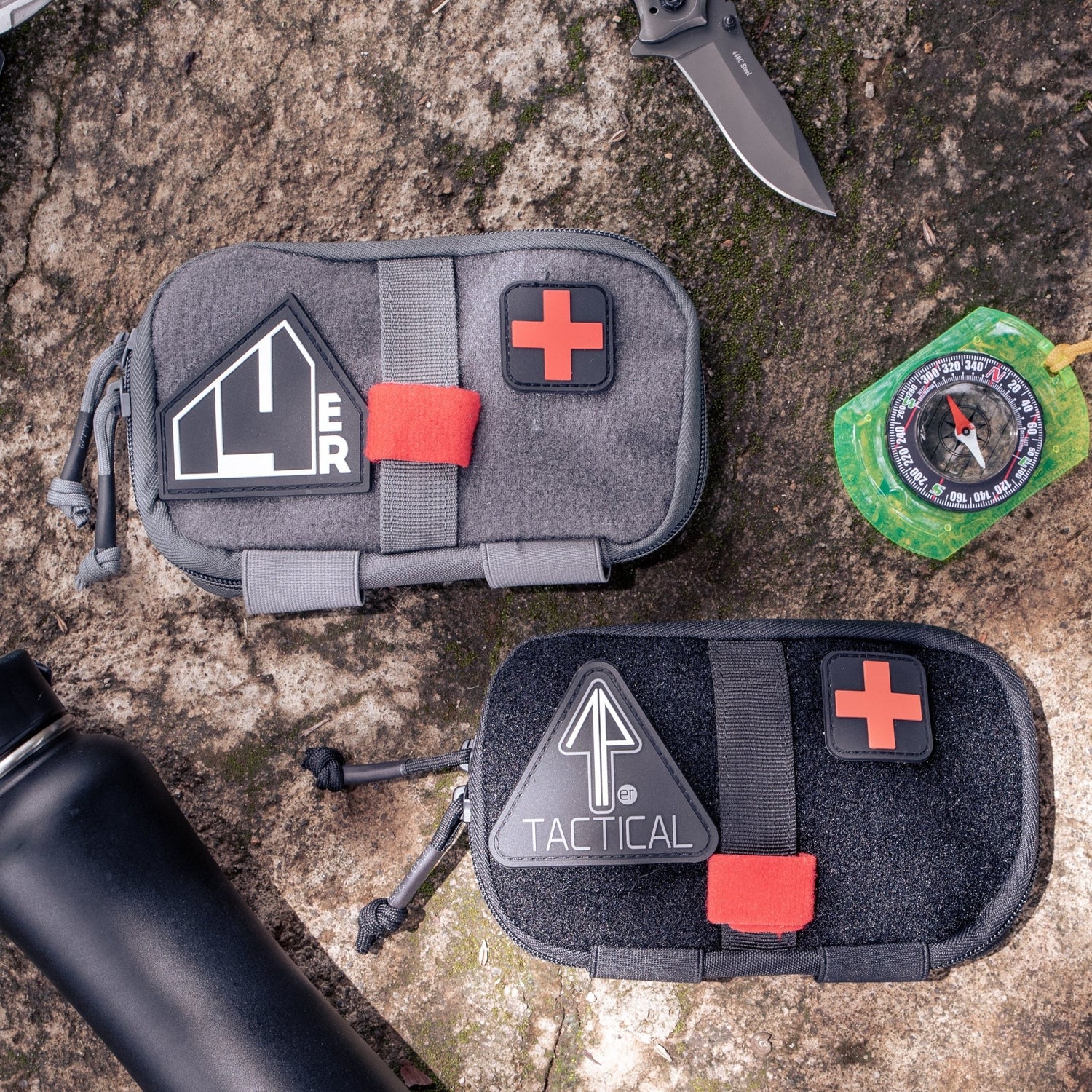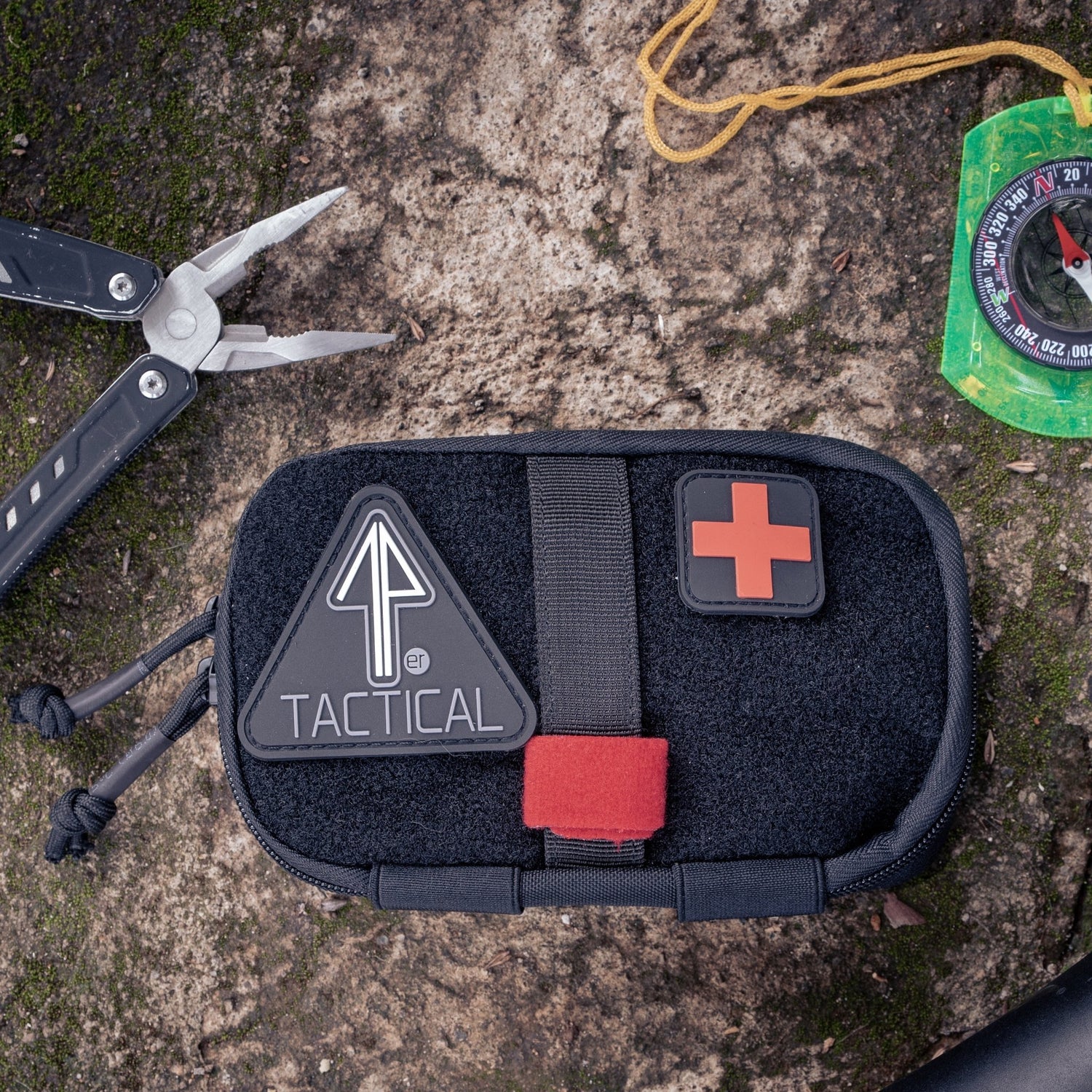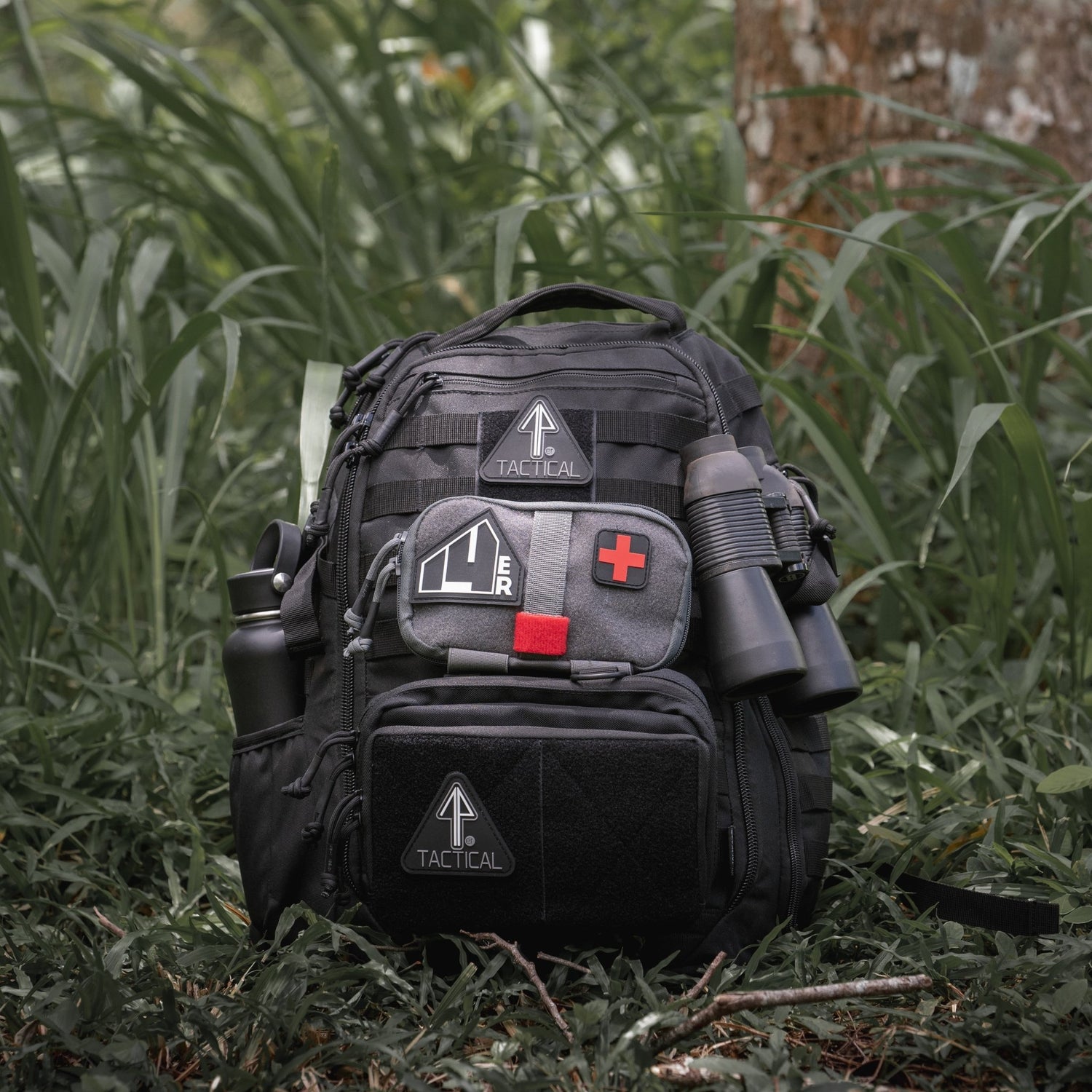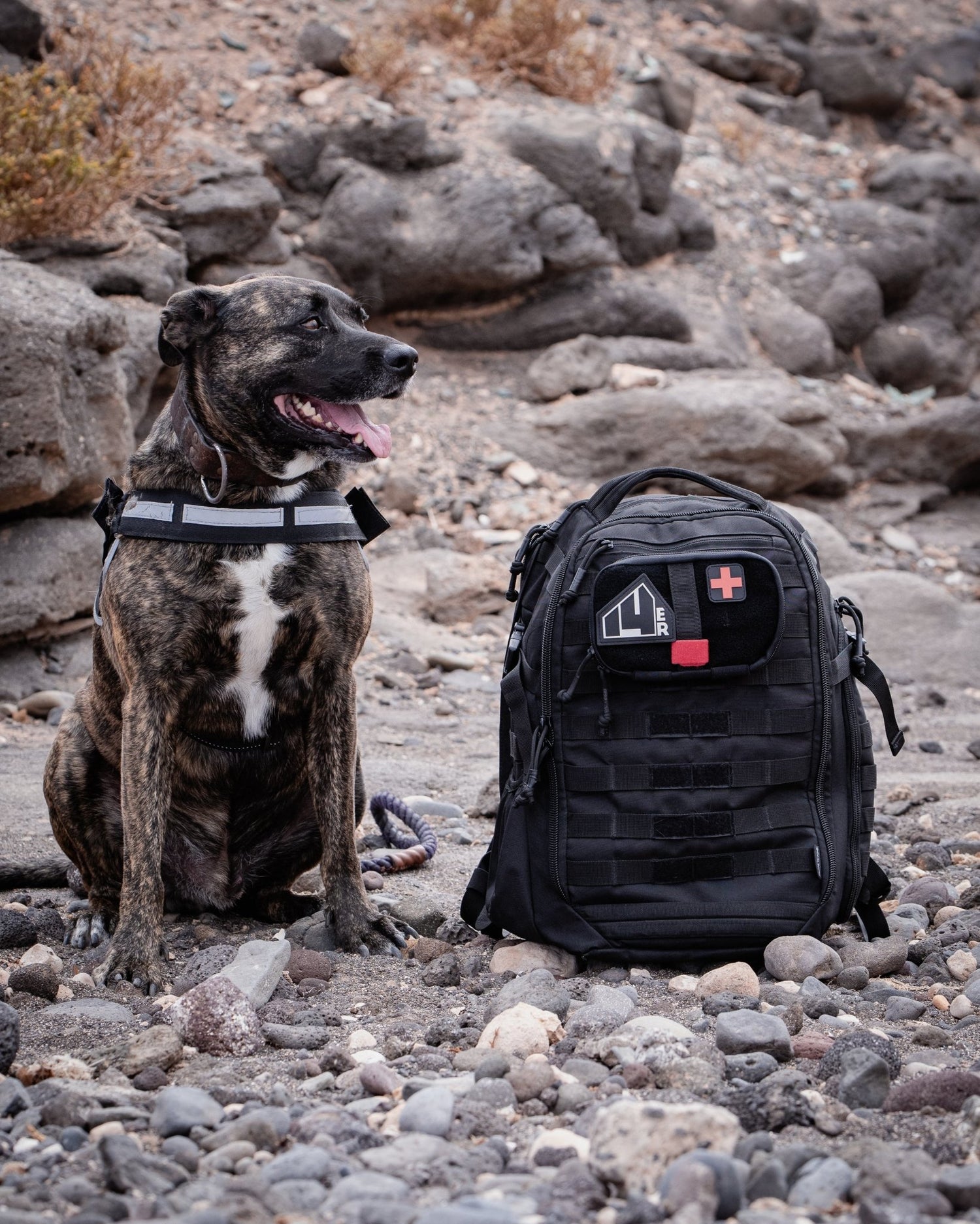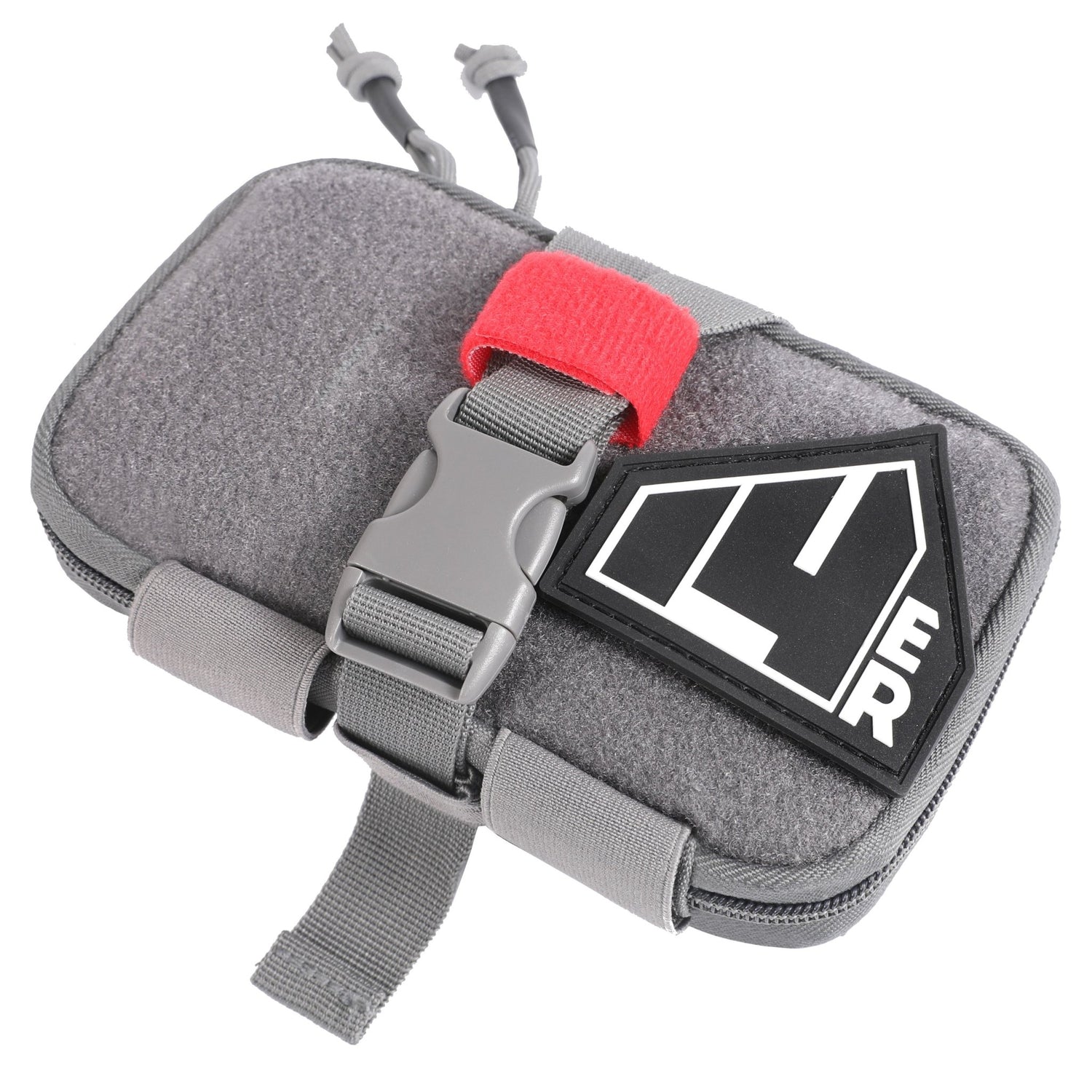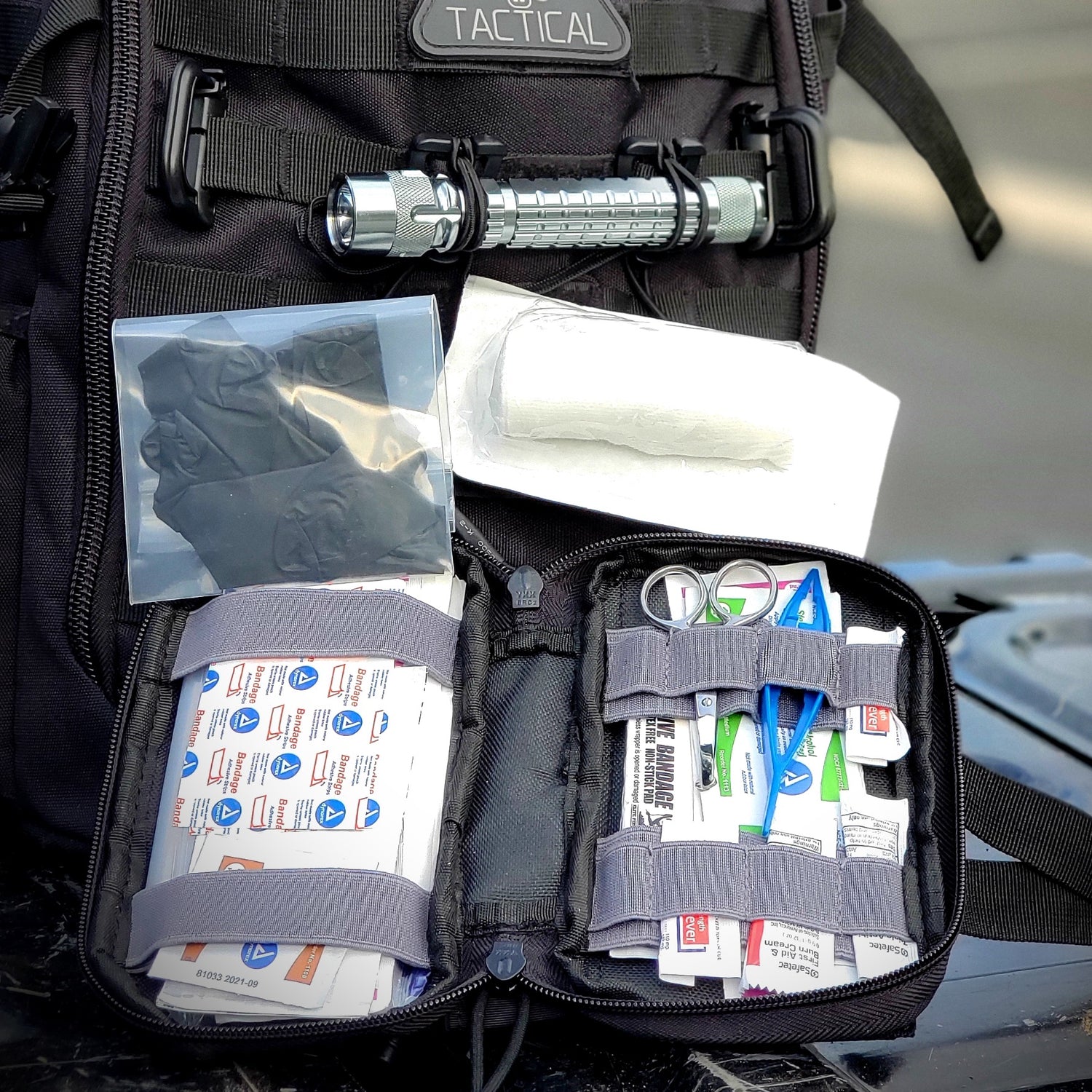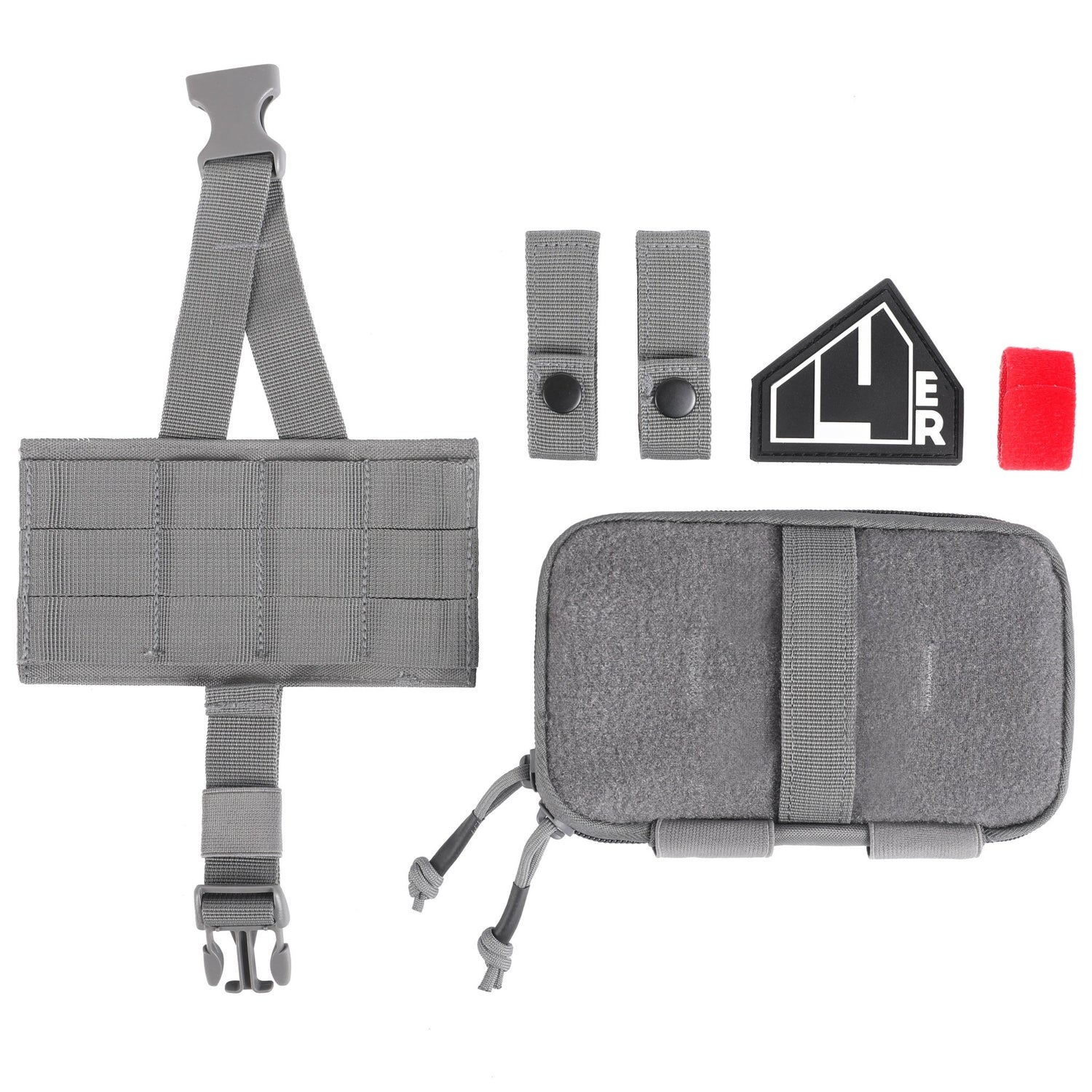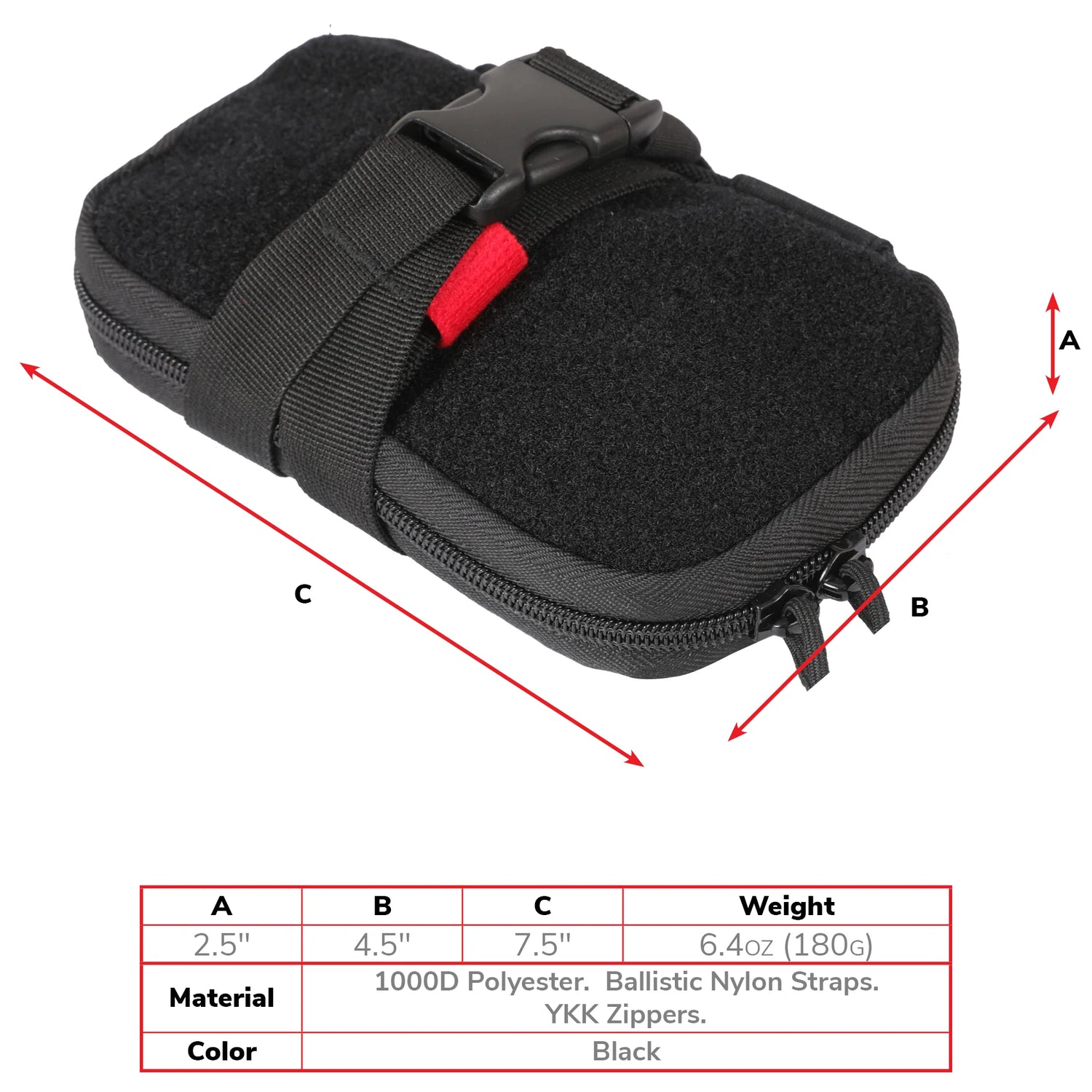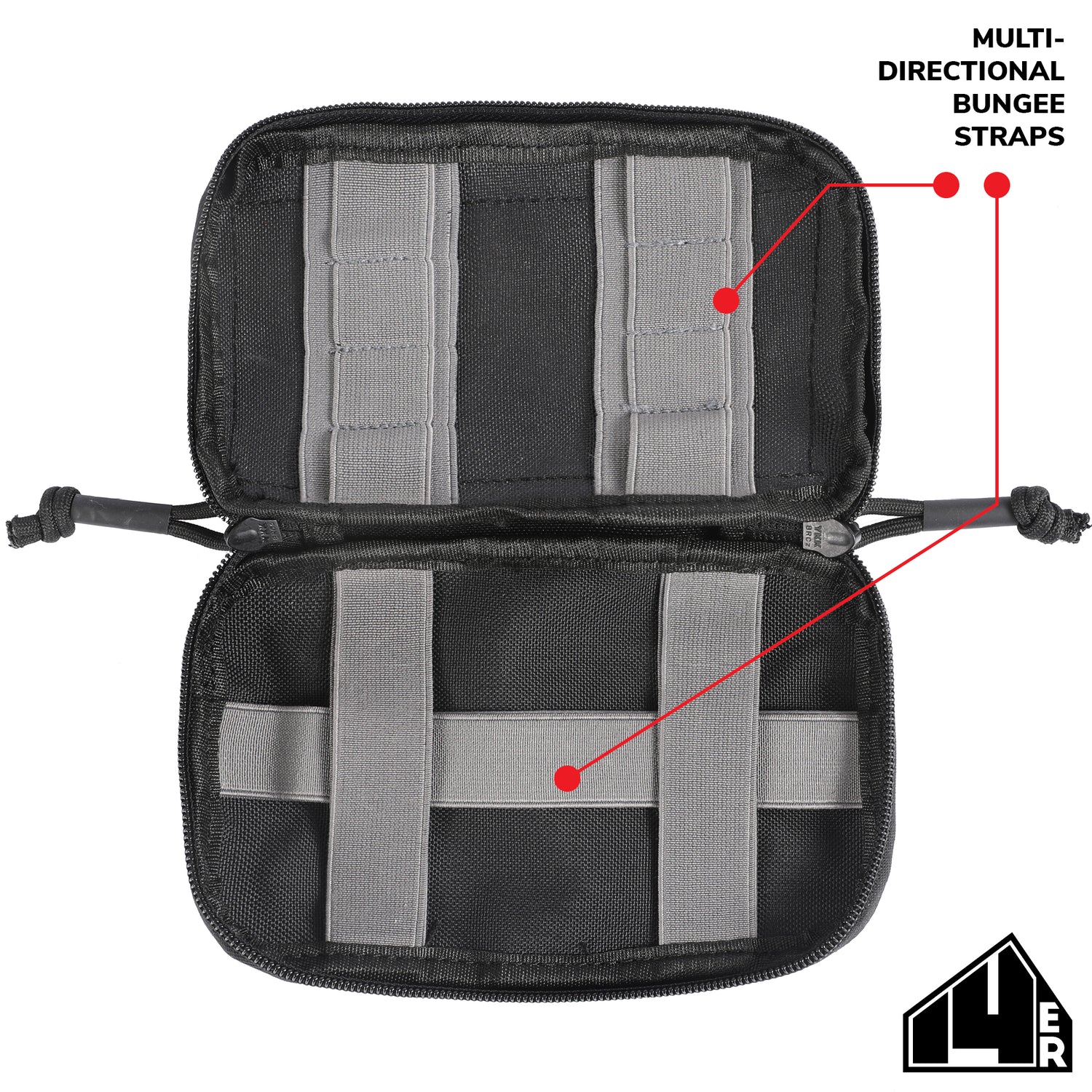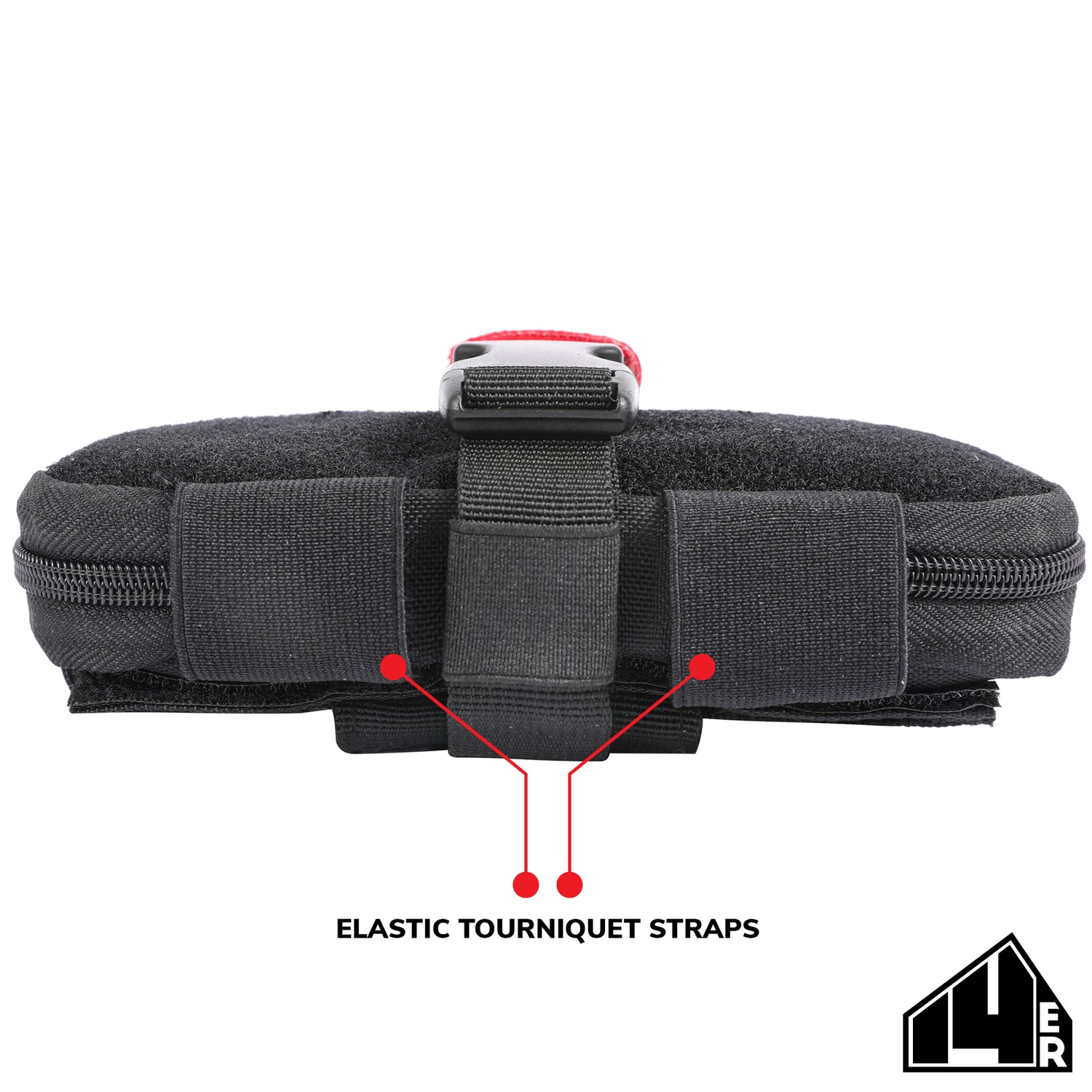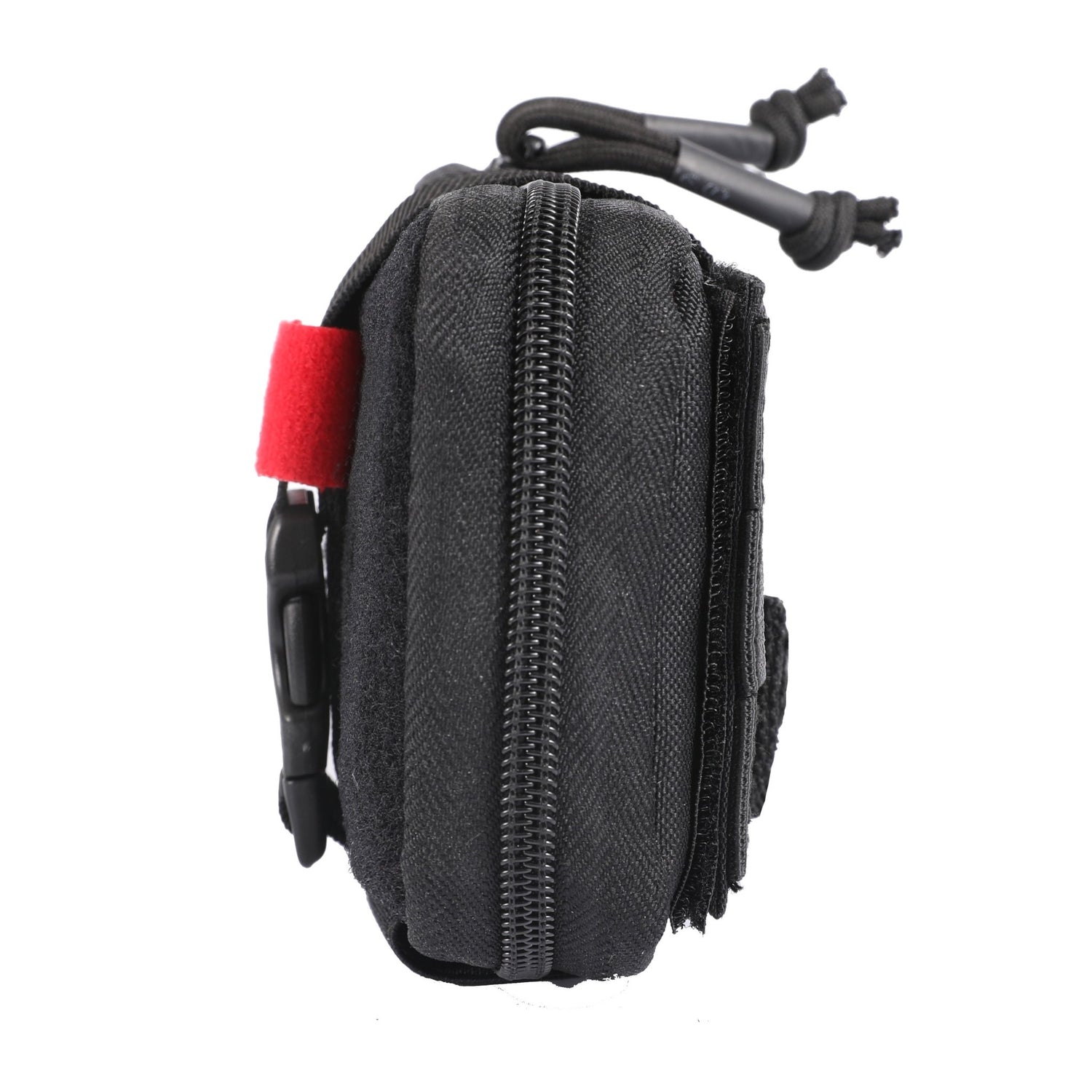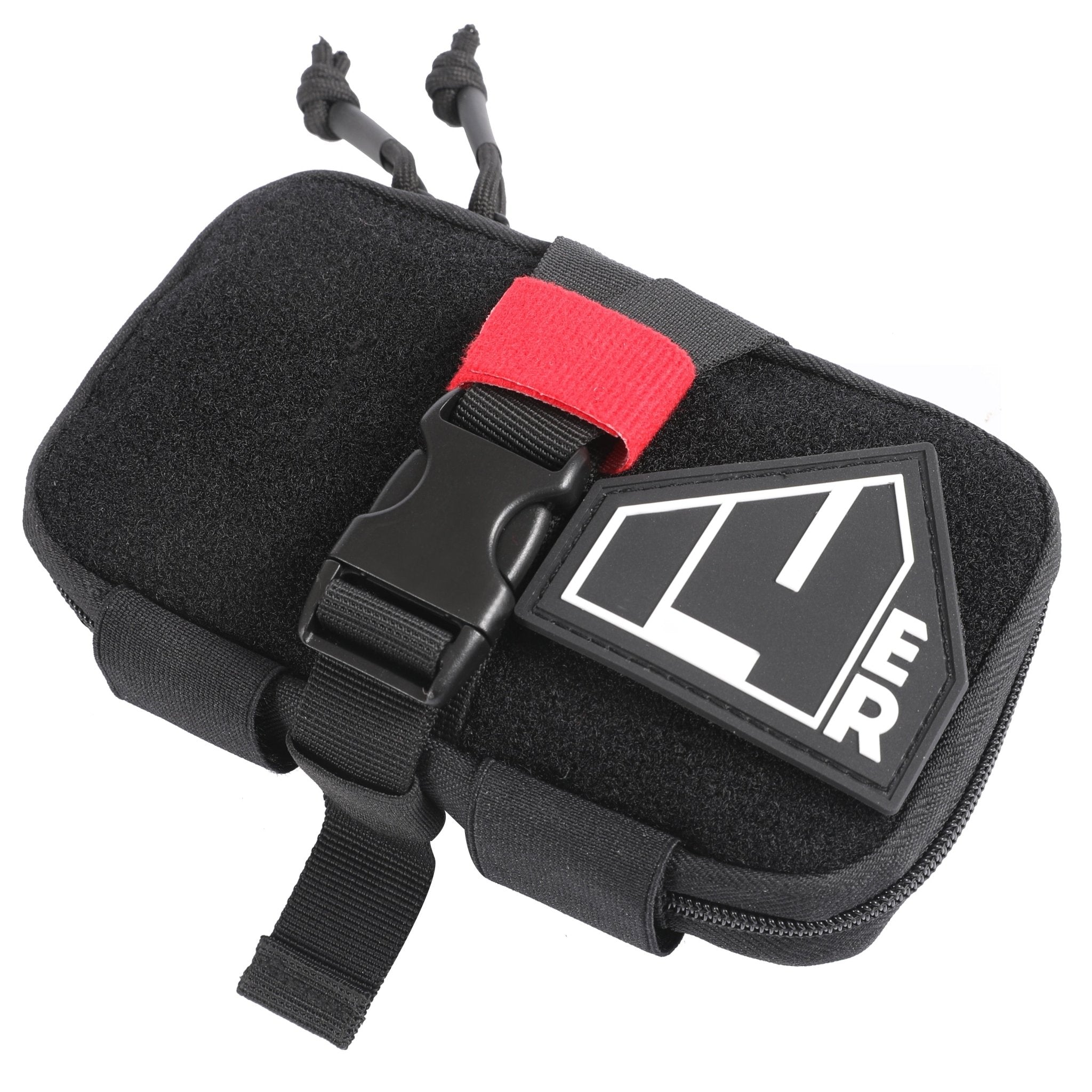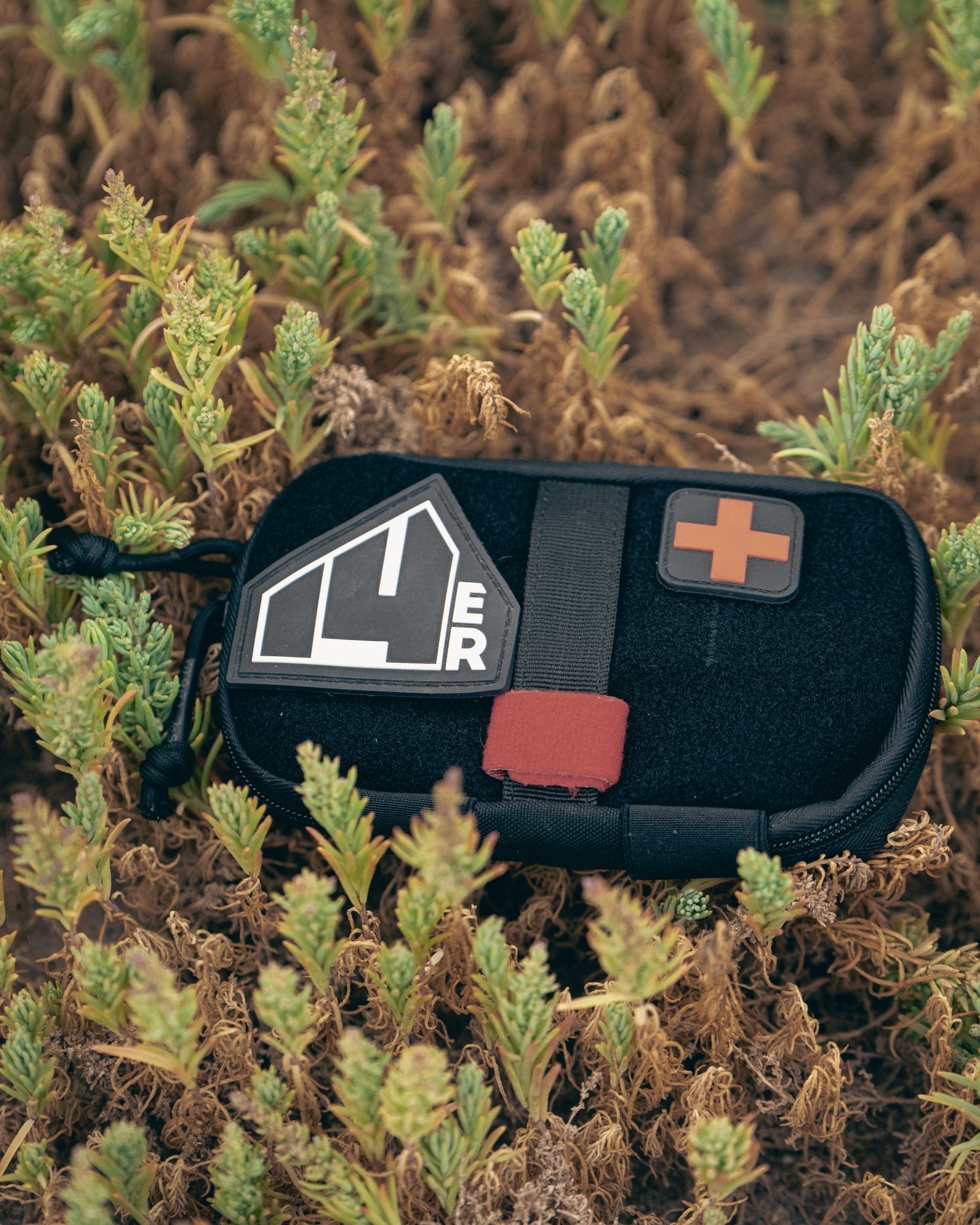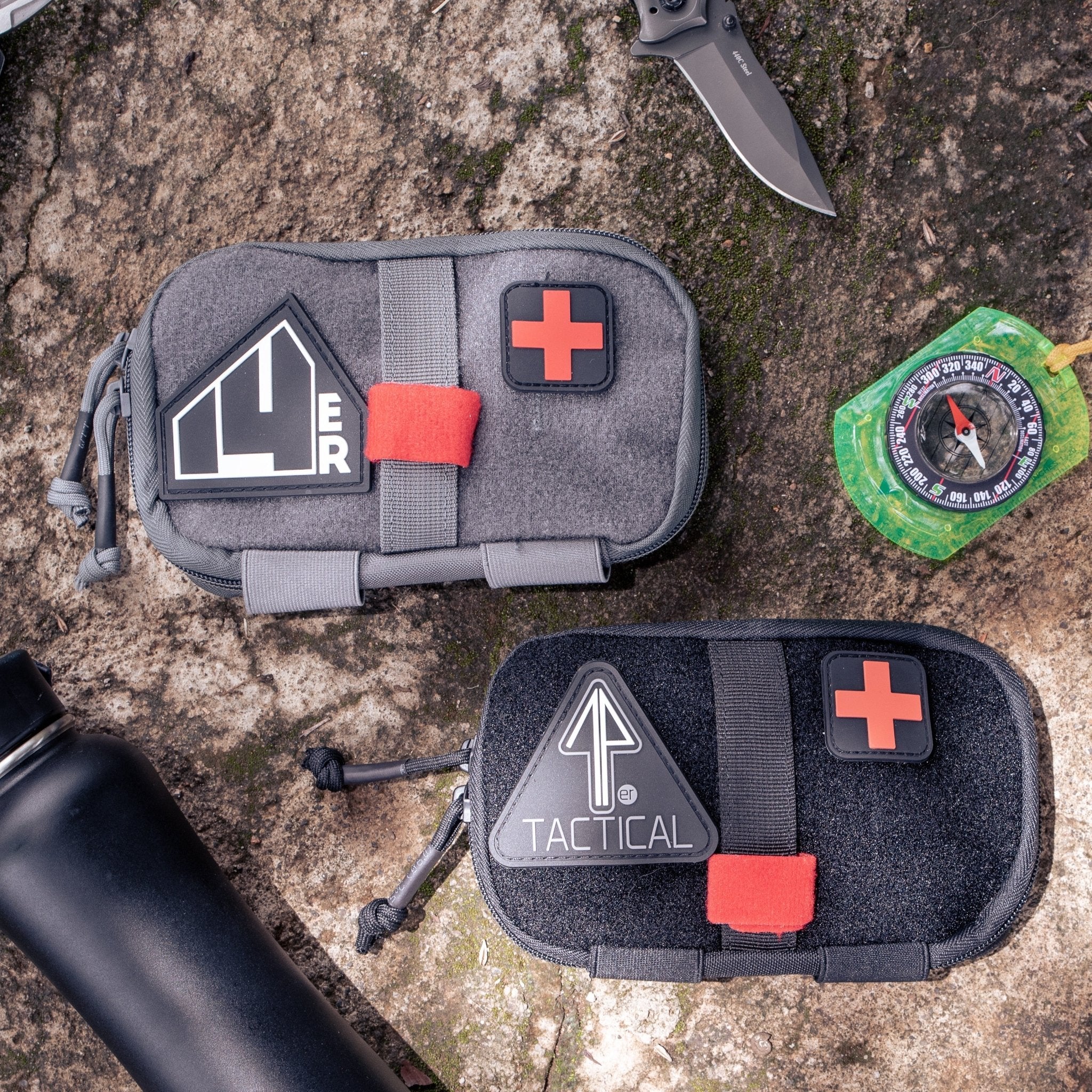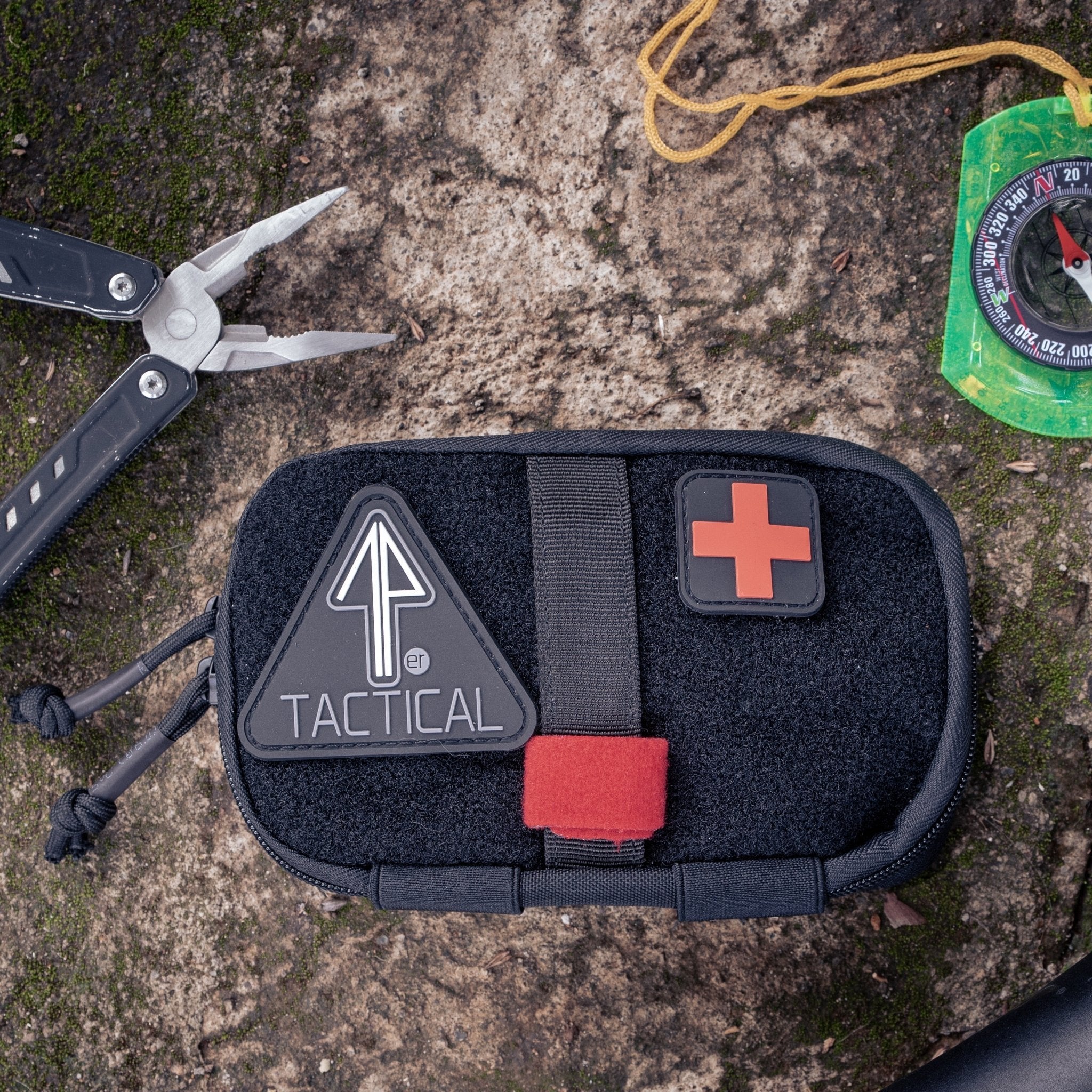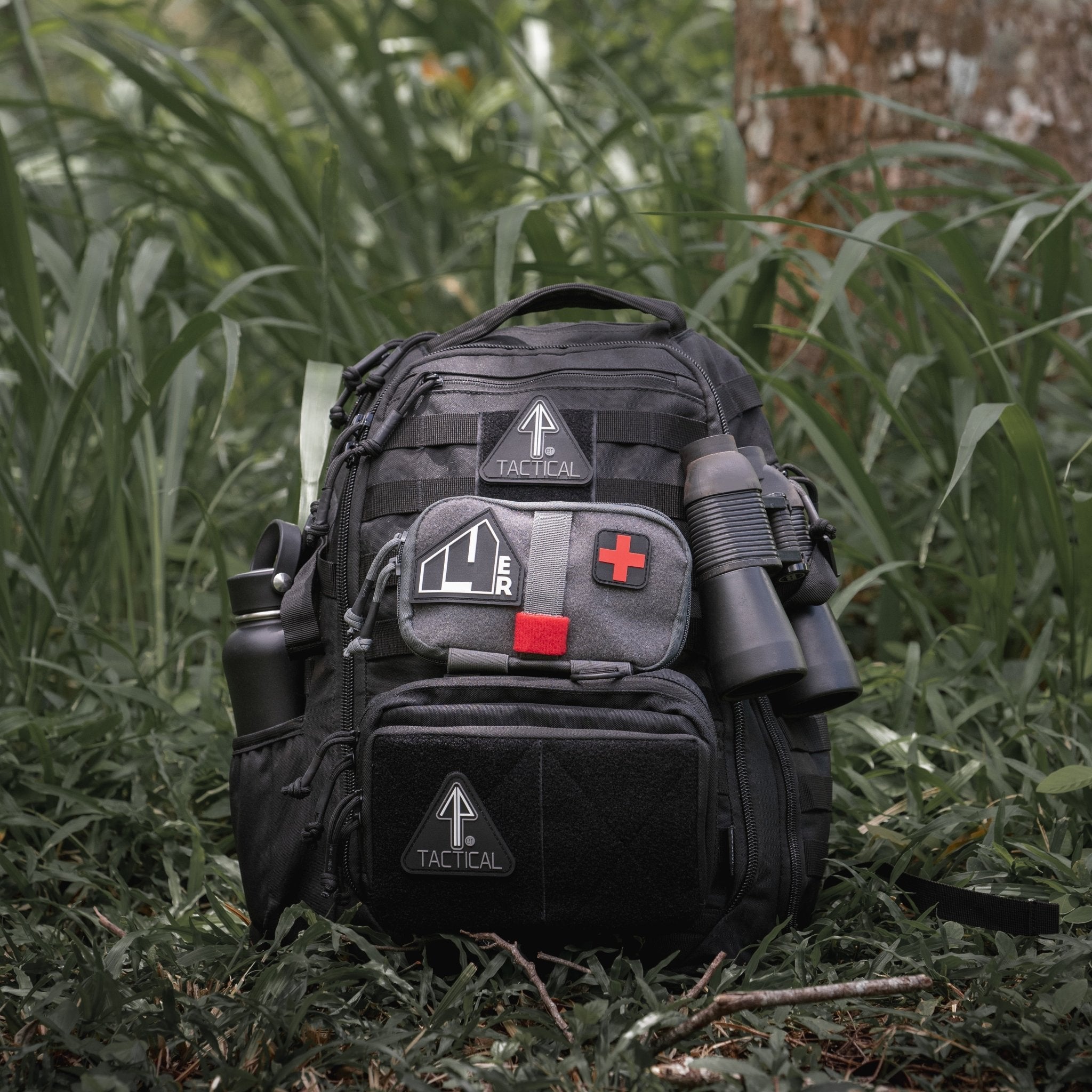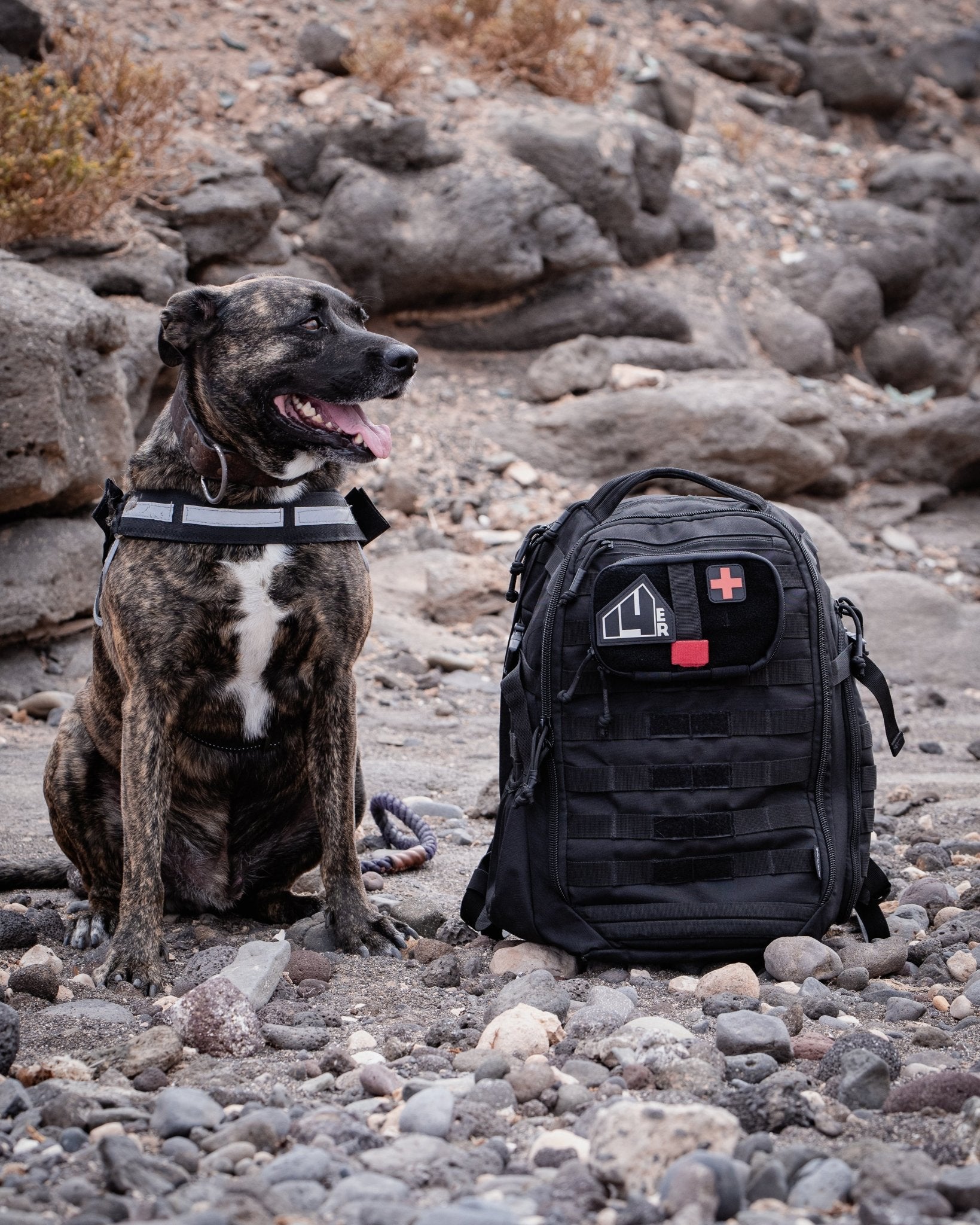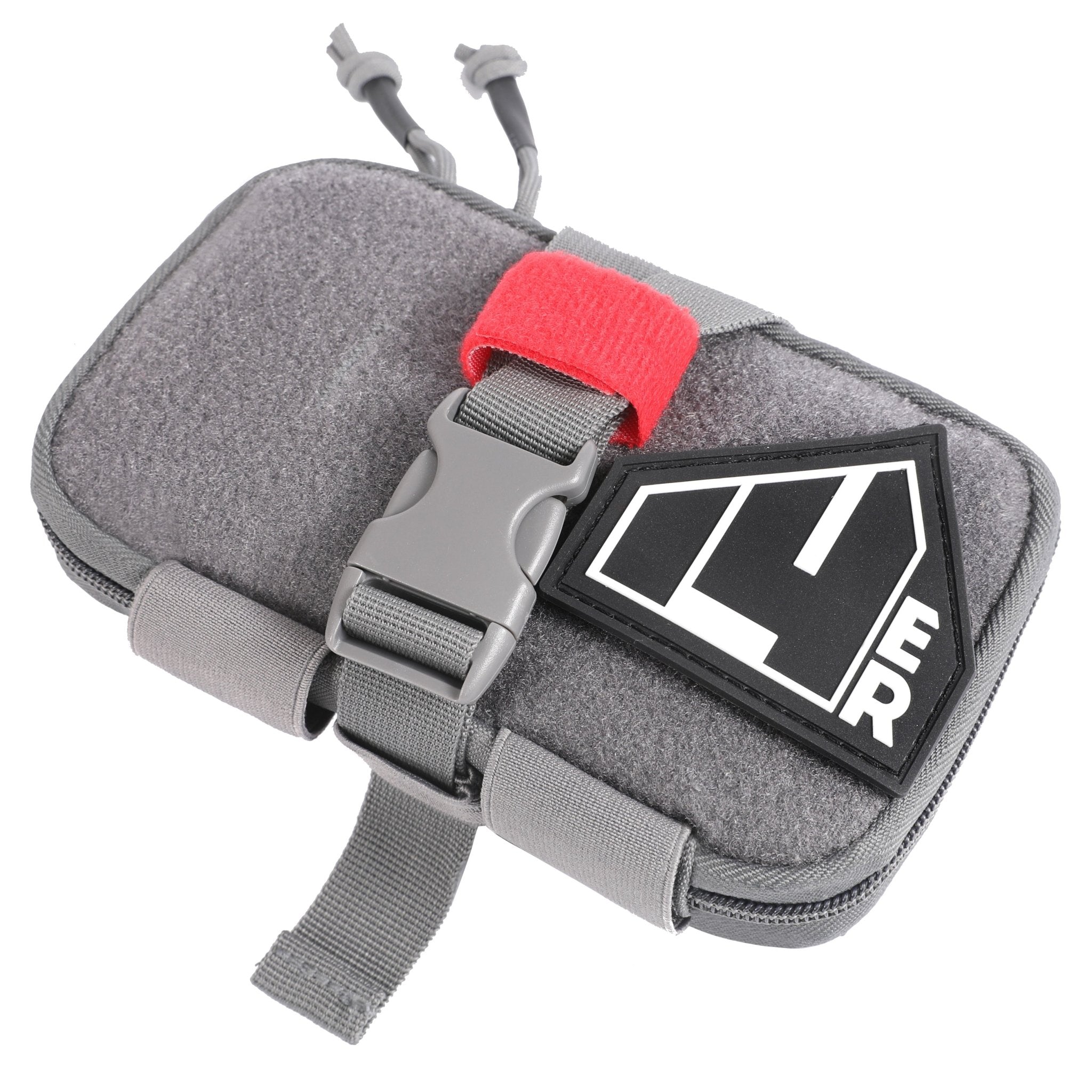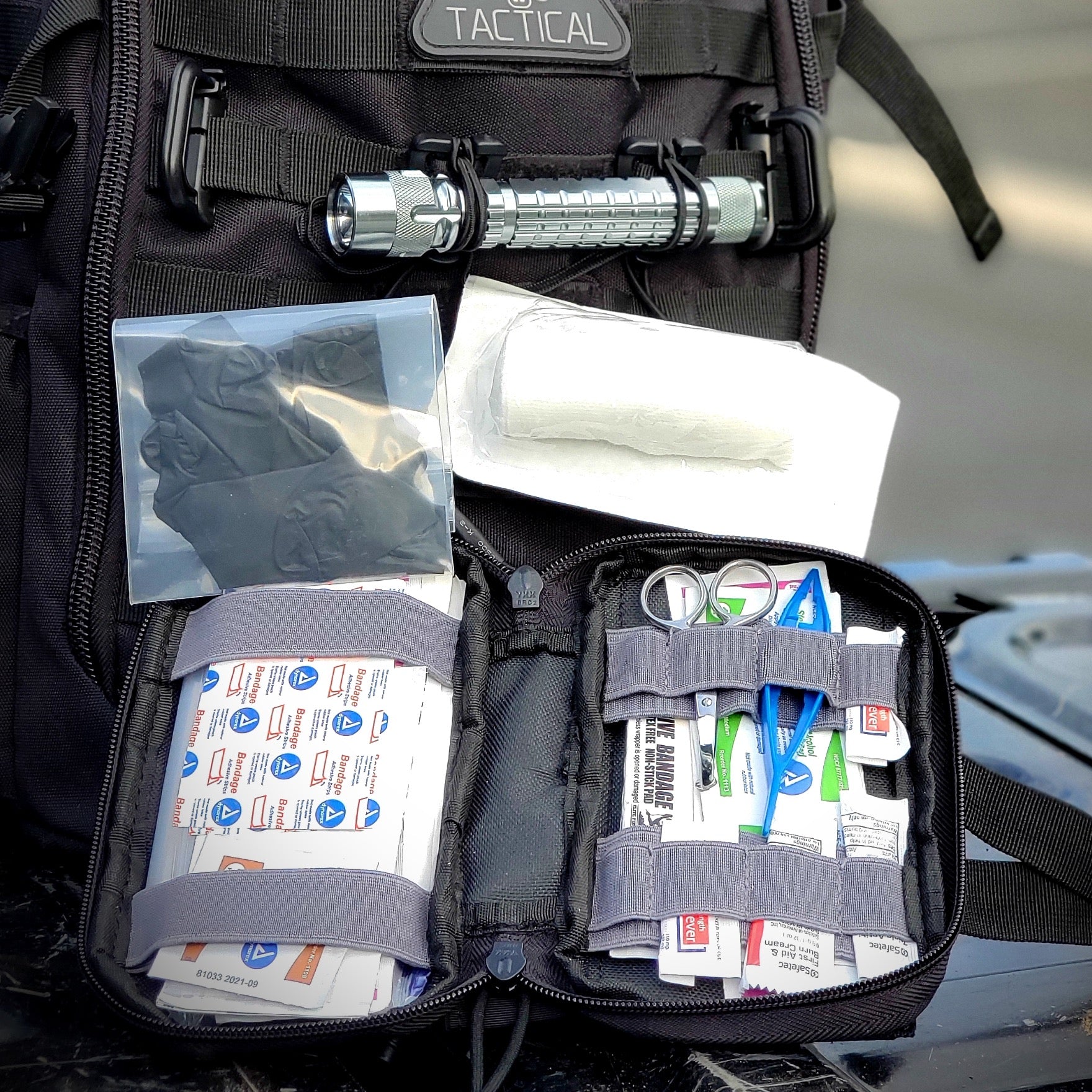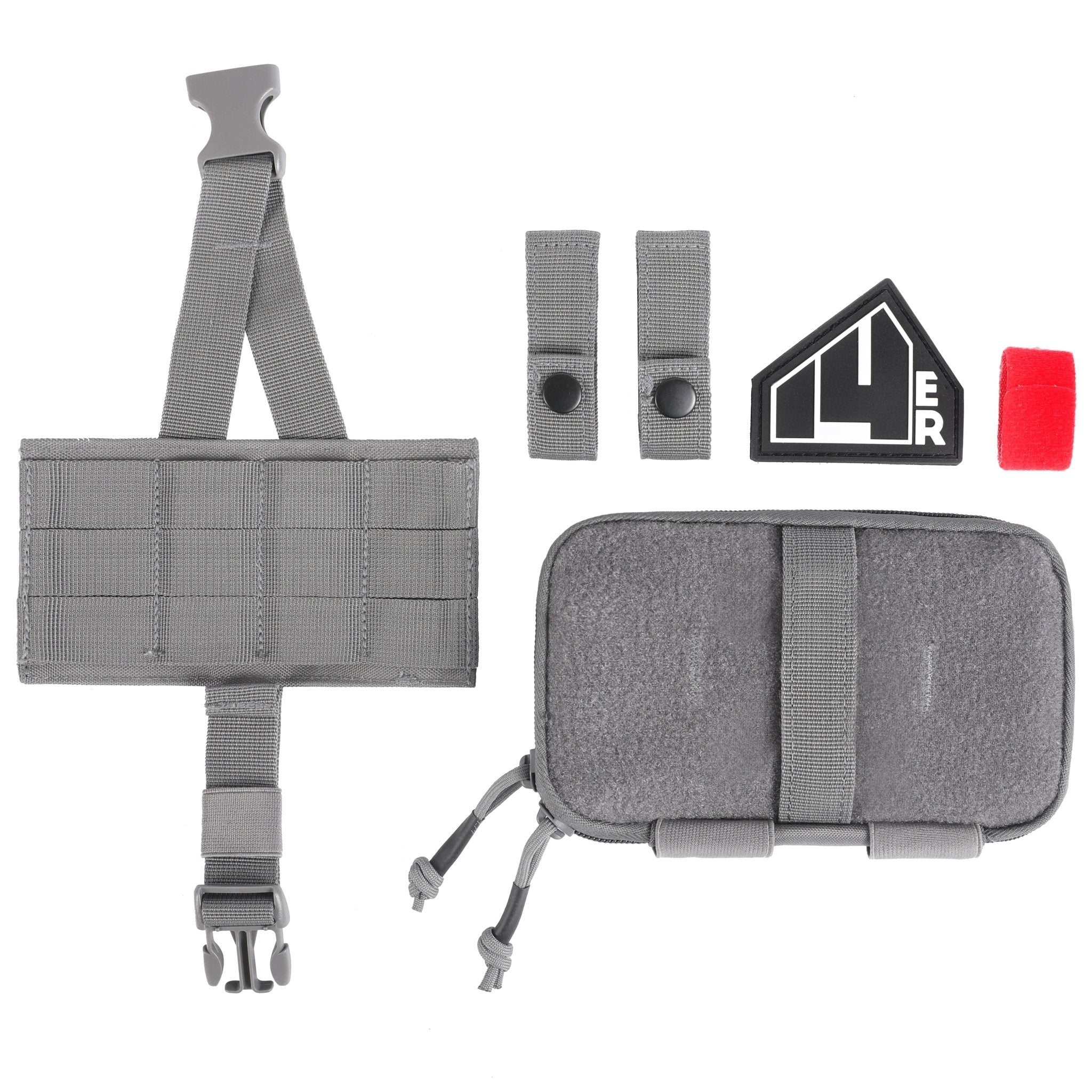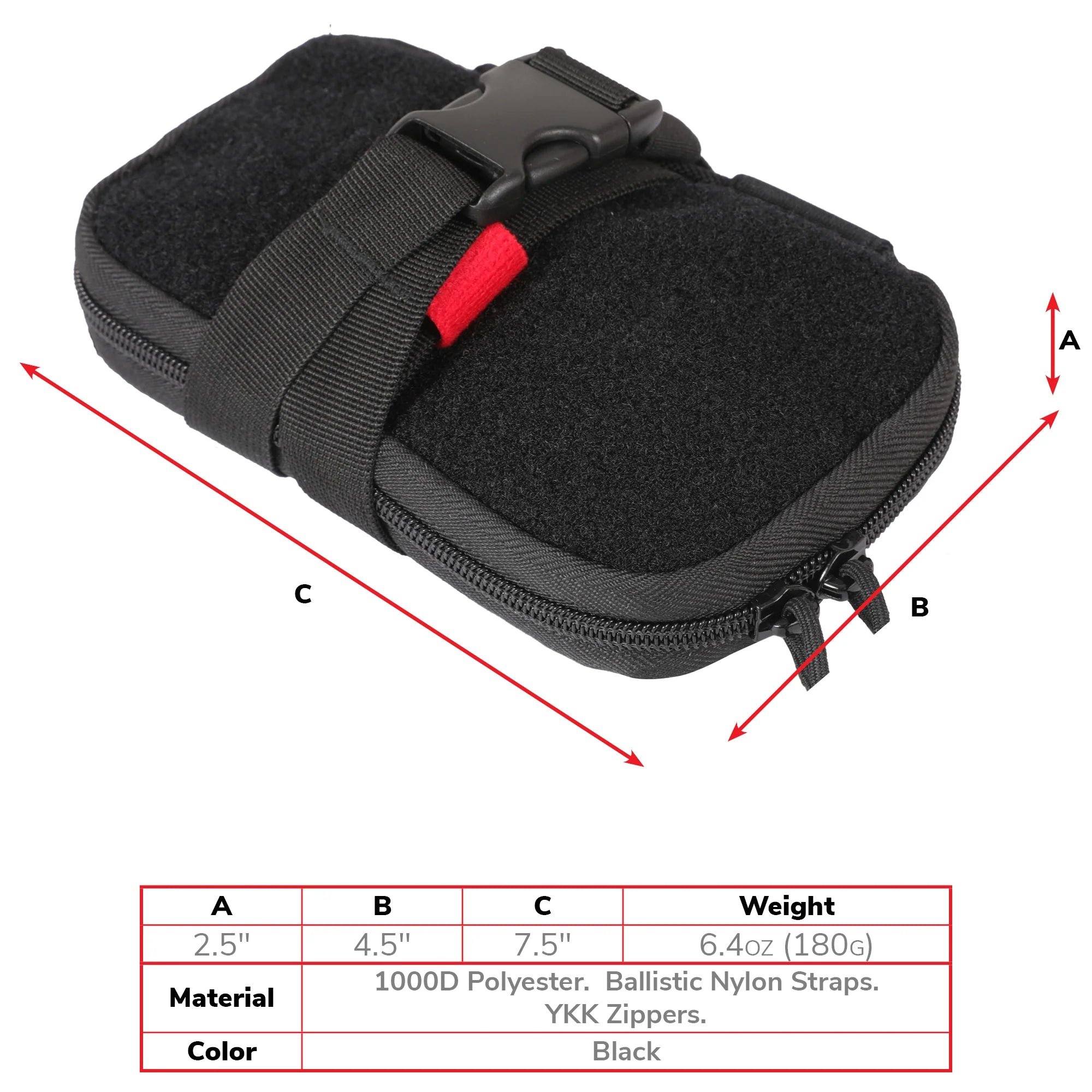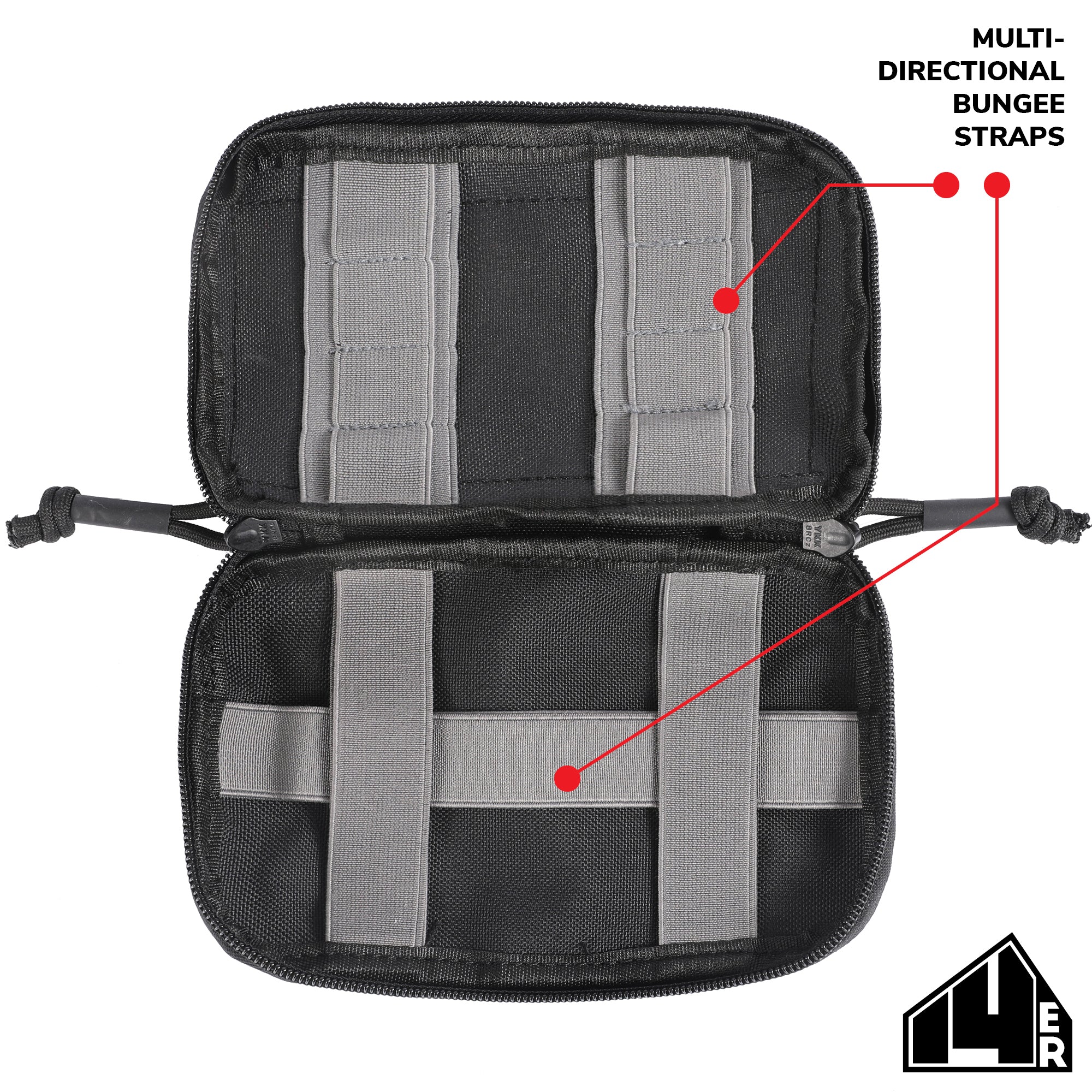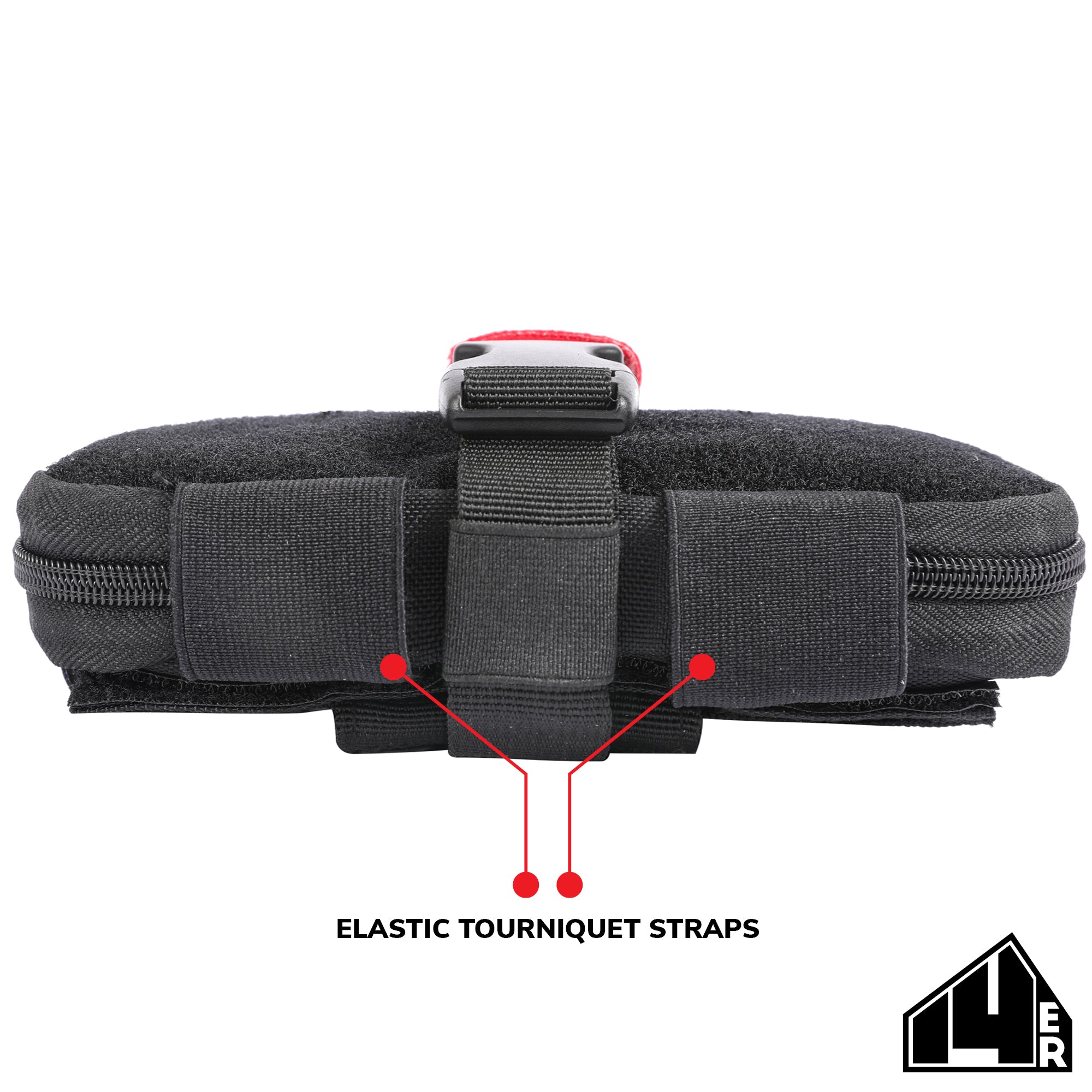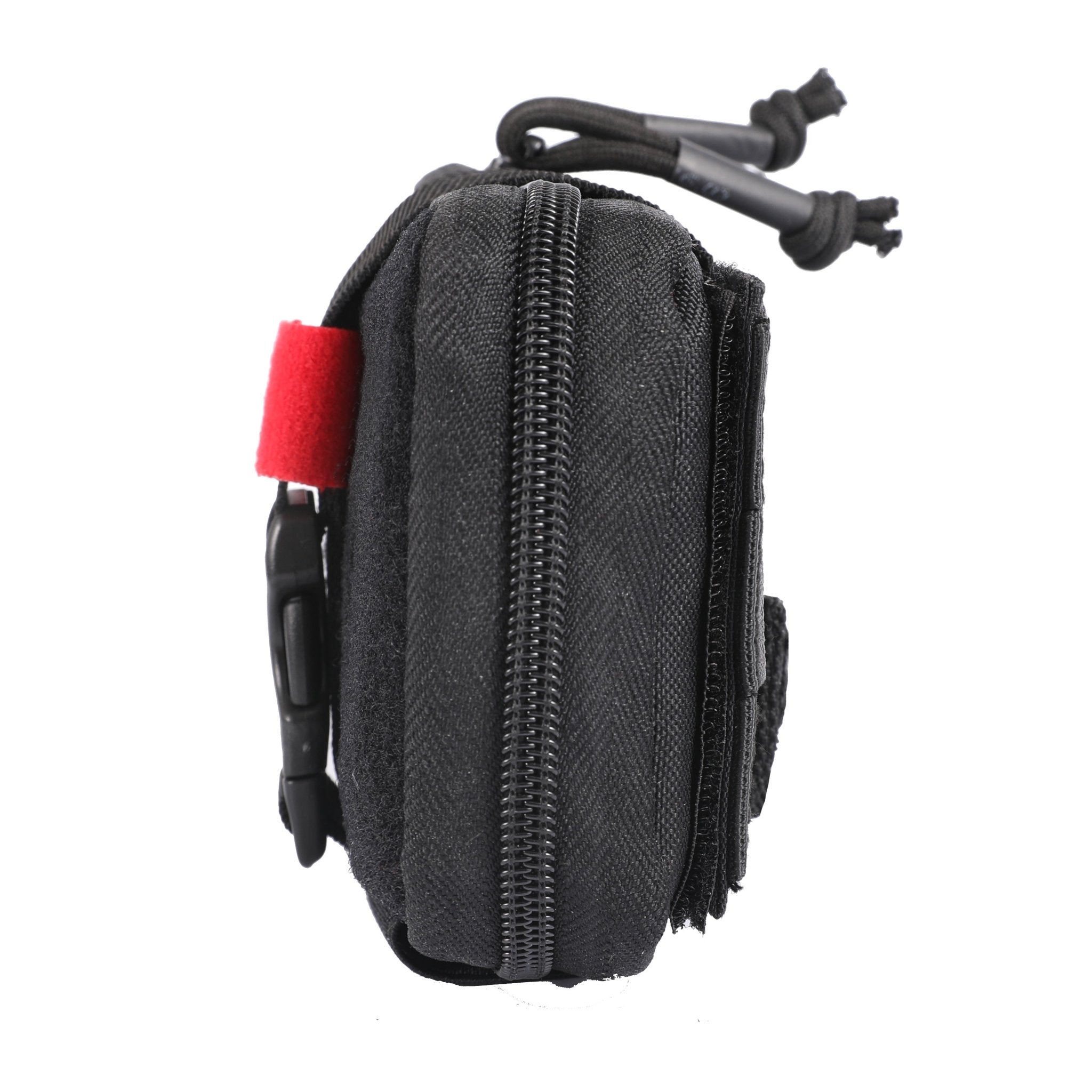
Every prepper needs to do a lot more than stock up on survival items for the worst-case scenario. You’ve also got to acquire key skills every survivalist should know. First aid is one of the most essential skills. You might not have a hospital or paramedic to offer aid—you’ll have to fend for yourself.
So when the day comes that you experience a medical emergency, you’ll be able to survive—with or without a paramedic. Now, you will need more than skill, of course. You’ll also need a proper first aid kit.
And if you’re a really smart survivalist, you’ll have that emergency kit nicely tucked away in a handy IFAK pouch.
What’s an IFAK Pouch?
The tactical community takes a lot of its cues from the US military, and there’s no exception in this case. Every GI gets issued an individual first aid kit, or IFAK. Getting hurt in the line of duty is a possibility. When that happens, a soldier is expected to have an easily accessible IFAK they can use to self-apply emergency aid, or that a comrade can use to treat them.
It clearly follows that an IFAK should be on your person at all times. It should be securely housed in its own exclusive container, not mixed up with your other things. The best approach is to stash the kit in an IFAK pouch, which you then strap or clip to your tactical gear.
Note that this is one way to determine whether a tactical gear store is legit or not! Does the store offer tactical backpacks, range bags AND an IFAK pouch? That’s a very good sign. That’s why we offer both a 14er Tactical Backpack and a 14erTactical IFAK Pouch… and also some badass morale patches, coz those are cool!

What Is the Difference Between an IFAK Pouch and Other Medical Kits?
Depending on your mobility needs, you may have a choice of what type of medical emergency kit to carry. Aside from the IFAK, your options include the AFAK and the MPAK.
An IFAK is an individual first aid kit, meant to treat you singularly. It is not for multiple persons. If your buddy is in dire straits, they should have their own IFAK that you can use to perform first aid on them. By having an IFAK on your person, you are being prepared as well as unselfish—no one else needs to give up their IFAK to give you proper first aid treatment.
An IFAK is equipped for basic first aid. An advanced first aid kit (AFAK) will include additional supplies to allow for more advanced medical aid. These supplies can include a defibrillator, stabilizer, inhaler, plaster casts, advanced airway maintenance and resuscitation equipment, Kelly forceps, surgical stapler, etc.
A multi-first aid kit (MFAK) is good for treating multiple casualties. It needs to provide enough supplies to care for more than one person. An MFAK generally requires a lot of space, so if you need an MFAK, keep its contents all in one bag on your vehicle.
What Emergency Situations Demand an IFAK Pouch?
An IFAK pouch is best used for carrying an IFAK—it doesn’t have enough room for all the supplies of an AFAK or MFAK. IFAKs are essential for situations where your mobility is paramount. They’re the best option for an everyday carry (EDC) backpack.
An IFAK pouch is especially useful when you’re on the go. While you want to be prepared, it’s clearly impractical to carry every type of medical aid equipment all the time. Your goal is to carry the first aid essentials. These will come in handy for the majority of injuries you can expect to encounter.
Such problems can include burns, wounds, blisters, rashes, irritations, allergic reactions and exposures to toxic or caustic substances. These ailments can be treated fairly quickly if you have an IFAK pouch at hand. Grab it, take out needed supplies and perform medical aid on yourself. Or in some situations, your buddy can perform first aid on you.
Ideally, an IFAK can be personalized to meet your specific healthcare needs, if any. In addition to the essentials, include medications and supplies that can solve your specific first aid concerns.

How to Choose an IFAK Pouch
The IFAK pouch should be constructed out of a durable material. The 14erTactical IFAK Pouch is made from 1000D polyester—the heavy-duty thickness is great at resisting tears and punctures. The 14erTactical IFAK Pouch is also water resistant. Your emergency supplies will be dry, safe and secure.
The pouch should be designed to mount easily on a backpack, range bag or your belt. The 14erTactical IFAK Pouch comes with a mounting base providing hook & loop adhesion. That means the pouch can be securely mounted on a tactical backpack with a MOLLE system, as is the case with the 14er Tactical Backpack. This also turns it into a tearaway bag, allowing you to deploy the IFAK pouch in a matter of seconds.
Ideally, an IFAK pouch will be highly recognizable for its import and function. In an emergency, your buddy should immediately see it for what it is and waste no time putting it to good use. The pouch should have a visible symbol (like a big red cross) indicating its purpose. If it doesn’t have one, then morale patches that provide a serviceable indication can be applied. Morale patches bearing a red cross symbol are a great option!

How to Use an IFAK Pouch
Your IFAK pouch is a key component of your survivalist strategy. You’ll want to be able to deploy it quickly and keep it close at hand (but not in the way) when not in use. It’s a good idea to attach it to your EDC bag, range bag, 14er Tactical Backpack or whatever gear you’re bringing for the day. If you are traveling with a service dog, you can even equip a K9 IFAK pouch on your furry pal.
The IFAK pouch needs to be packed with the basic first aid essentials. These include tourniquets, bandages, wound dressings, nitrile gloves and trauma shears. Keep track of the IFAK pouch’s inventory and replenish items soon after their depletion.
Keep the pouch well-maintained as well. As the pouch will be exposed to the elements, including bad weather and harsh environments, it’s gonna pick up dirt and stains eventually. Check out our guide on how to clean tactical gear. It’s got great tips on how to maintain your backpacks, pouches and range bags!


